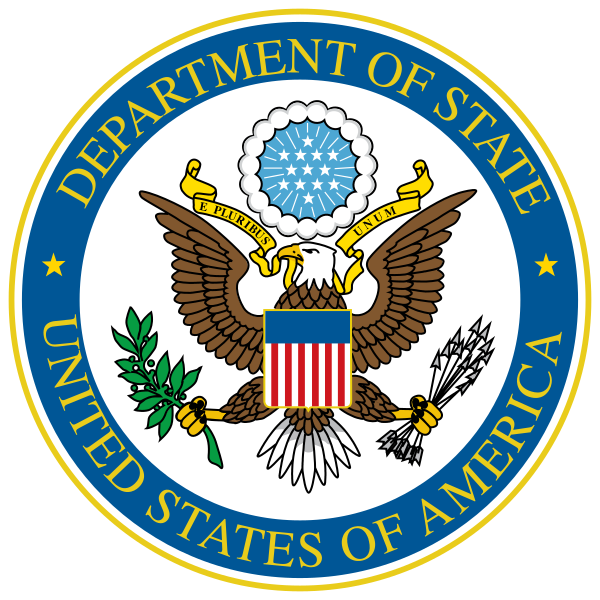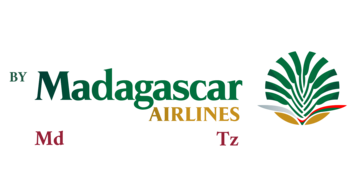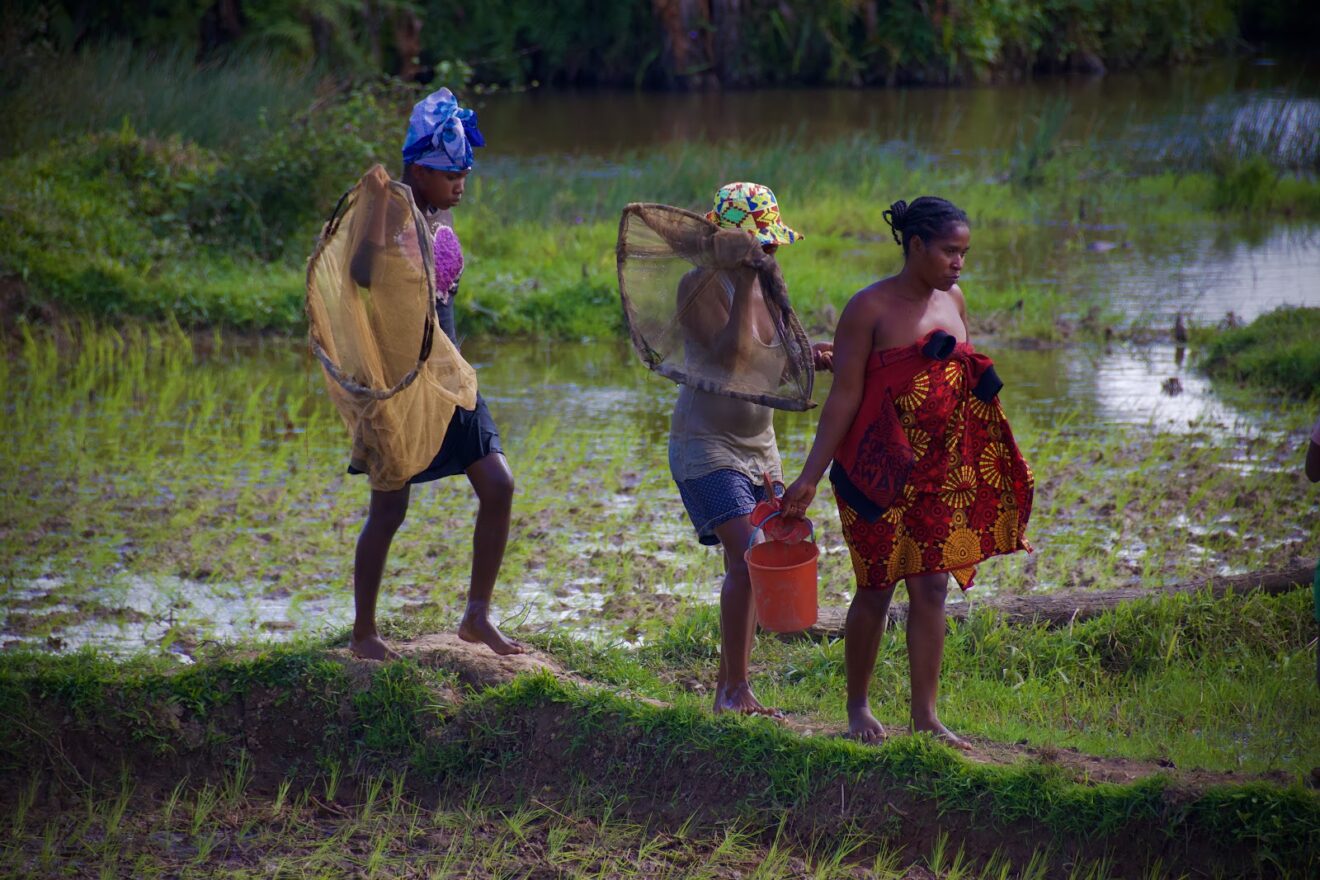
Madagascar … island of wonders, full of curiosities such as massive baobab trees, geological wonderlands such as the tsingies and strange, unique creatures such as the furry lemurs, the fierce fossa and colorful chameleons. Madagascar, just like the Galapagos is often used as an example in evolution theory due to its unique flora and fauna which often cannot be found anywhere else outside this big island. And it’s true, our beautiful island harbors many beautiful endemics, from birds to mammals to reptiles and insects. Even our fruits and vegetables are different from the ones you’ll find in the rest of the world. Coming here truly guarantees a journey through which you will discover a whole new world with an abundance of new experiences and encounters.
Our favorite part of the island is without a doubt the Sava Region, which we also call home. This green region which expands from south of Diego until Cap Masoala is known for its vanilla production, which is good for 80 percent of the world production and is known to produce the best vanilla on our planet. During your trip you’ll often be accompanied by this magical scent when you’re passing drying sites, giving a magical touch to your journey through the vanilla coast. But it’s not just vanilla which grows here, the region is rich in other spices and products such as cloves, coffee, cinnamon and chocolate.

To get to Sambava, one would fly to either Diego or to Sambava, but if you have the time, we invite you to start your tour at Diego and get down from the north all the way down to Antalaha and for those who love adventure, venture into the deep countryside towards Cap Est and then dive into the deep forests surrounding Cap Est and make it all the way into the magnificent Masoala Forest with its wild coastline, where humpback whales dominate the scenery and splendid deep-green forests are inhabited by eleven species of lemurs, colorful amphibians such as the tomato frog and curious reptiles such as the panther chameleon and the leaf-tailed gecko.
North of Sava near Diego, lies the magnificent hidden gem Cap d’Ambre, a wild park with no lodges or camping sites with fantastic vistas and an impressive light tower at its border with the Ocean where you can see whales jumping and playing during the whale season. Coming down towards Sava one can visit several great sites such as the Tsingy Rouge and the Tsingy of Ankarana. Once we finally approach Vohemar we are finally in the Sava-Region. You’ll notice that the vegetation will become greener and more humid. Besides the legendary park of Masoala where the rainforest meets the ocean, the Sava-region is home to two other great national parks.
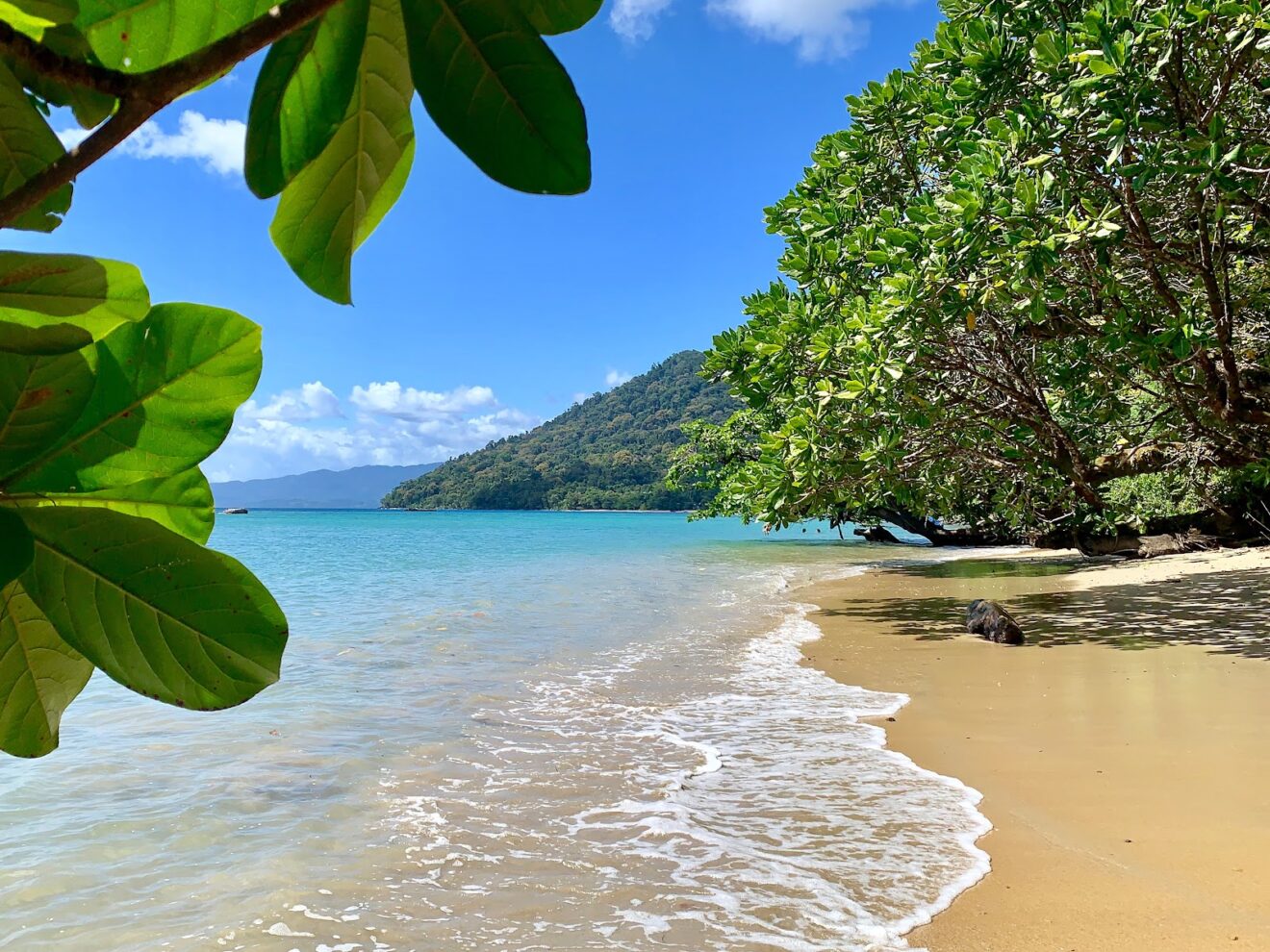
Near Andapa, we find Marojejy National Park, which stretches over a majestic massif with high cliffs, covered in dense forest rich in fauna and flora and tucked in mist and one of Madagascar’s great green treasures. It’s no wonder that this 55,500 hectares park has been declared a UNESCO World Heritage Site. In this wild, rugged, tropical relief we find a diverse plant and animal kingdom, with at least 35 palm species, 275 fern species, 150 reptile and amphibian species, approximately 120 of bird species and eleven species of lemur including the endemic silky propithec lemur.
South-west of Marojejy National Park we find Anjanaharibe-Sud National Park, which means ‘Place of the Great God’ in Malagasy. This park is 286 sq km big and home to the black indri and the silky sifaka and even hot springs! This small park is little-known and just like its brother Marojejy one of the hidden gems of the Sava. The green park of Anjanaharibe-Sud is hidden deep in a range of rugged mountains and is home to virgin high-elevation rainforest. In this outstanding beautiful park we can find a rich biodiversity with some interesting endemics adapted to the park’s microclimate. The park is also home to the Anjanaharibe-Anivo Peak, which is a little bit over 2,000 meters high!
If you’re interested in animals, you’ll be amazed by the nearly all-black color of the indri lemurs in the park as opposed to the white indri in the south of Andasibe. These beautiful lemurs live in small families and communicate through loud calls, which can be heard miles away. This is an impressive and unforgettable experience which will have a deep impact. Another exclusive lemur, which can also be found at Majorery NP, is the silky sifaka, of which there are only an estimated 100 individuals left.
The Takhtajania tree is a highlight for people interested in botany as it’s a very ancient tree which can be traced back over 120 million years ago and is therefore called a living fossil. These trees are difficult to find in the dense forest and are considered very rare. This reserve is excellent to stay 3 – 4 days and to hike and camp.
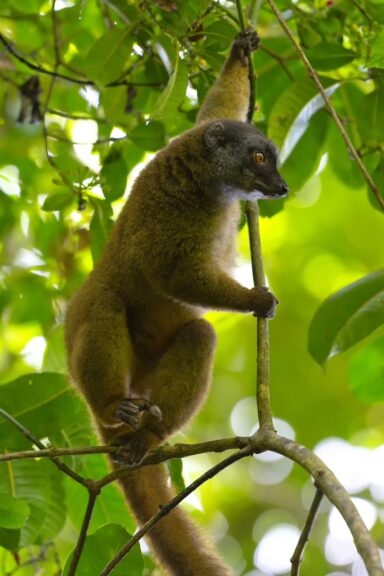
Very different from the two mountainous parks of Marojejy and Anjanaharibe-Sud is Masoala National Park, which is our absolute favorite park in all of Madagascar and is on the border of the Sava Region. It is a park of exceptional beauty and is rich in both marine life and deep forests. It has a wild coastline where the forest meets the ocean and harbors three marine parks: Tampolo, Ambodilaitry and Ifaho and is home to many fascinating creatures such as whales, dolphins and sharks. Those who love kayaking will find themselves in paradise with both jumping humpback whales and the tropical coastline to enjoy while conquering the wild waves of Masoala. The park is home to ten lemur species, including the elusive aye-aye. Other unique animals are the Madagascar serpent eagle, the helmet vanga, leaf-tailed gecko, the red owl, tomato frog and the sunset moth.
Besides the national parks there are also a few small reserves in the Sava region such as the Agnolakely Reserve and the Antanetiambo Reserve. The Anolakely Reserve is a little under 4 hectares and the result of the initiative of mr Jackson who is reforesting the area with native trees such as rosewood, which attract animals such as bamboo lemurs and others. This little reserve is close to the hilly Marojejy National Park and thanks to Jackson’s effort the land which was the victim of slash and burn can now thrive again. Hopefully many more hectares can be added.
Another local initiative is the Antanetiambo Reserve, also near Andapa, which is 35 acres of secondary forest, a little refuge between farmland and villages. The reserve contains dense bamboo forest, providing a home for bamboo lemurs, but also chameleons and birds. It is the project of local conservationist Desiré Rabary, who gets help from the Duke Lemur Center.
Parks and reserves are of course not the only thing to be visited when you’re coming to Sava. During your stay you can discover the towns of Vohemar, Andapa, Antalaha and Sambava and visit the coastline and the surrounding villages. A great excursion is to go into the vanilla fields and get to see how vanilla beans are sorted and dried.







